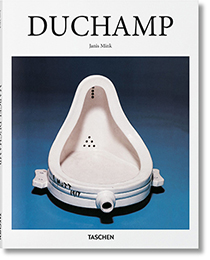When is a urinal no longer a urinal? When Marcel Duchamp (1887–1968) declared it to be art. The uproar that greeted the French artist’s Fountain (1917), a porcelain urinal installed in a gallery, sent shock waves through the art world establishment that reverberate right through to today.
This essential introduction distills all the daring and the scandal of Duchamp’s practice into one essential overview not only of a pioneering creative but also of a critical moment in Western culture. From his groundbreaking blend of abstraction, Cubism, and Futurism in Nude Descending a Staircase (1912) to his forays into the now-iconic “readymades” such as Bicycle Wheel (1913) and Bottle Rack (1914) we explore how Duchamp consistently challenged the notion of what art is and, in so doing, opened up a world of conceptual possibilities beyond the “retinal” experience.
Basic Art 시리즈의 특징
문화적·역사적 중요성을 아우르는 작가의 삶과 작품에 관한 상세한 연대기별 요약서
간결한 일대기 소개
설명이 첨부된 100점의 컬러 도판
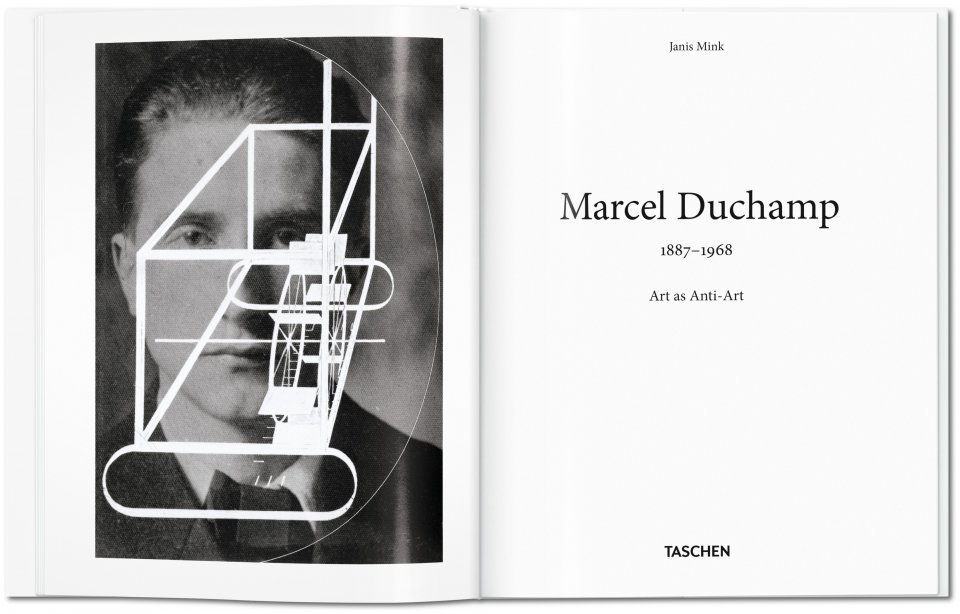
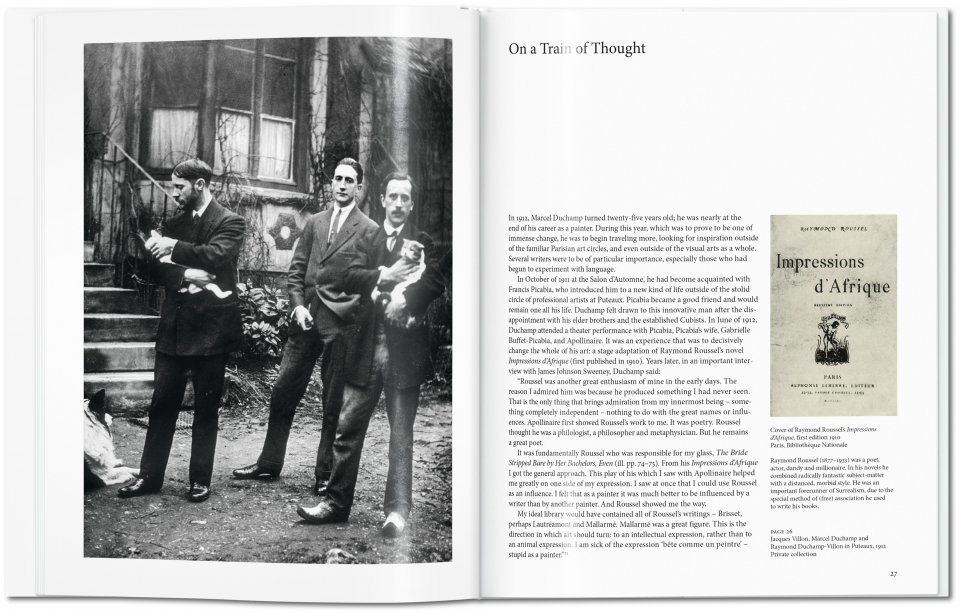
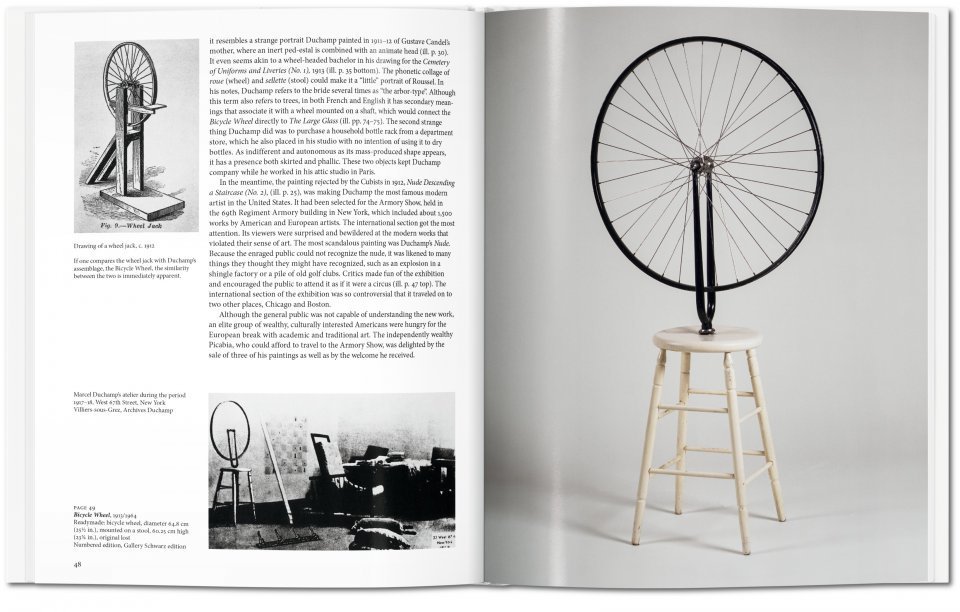
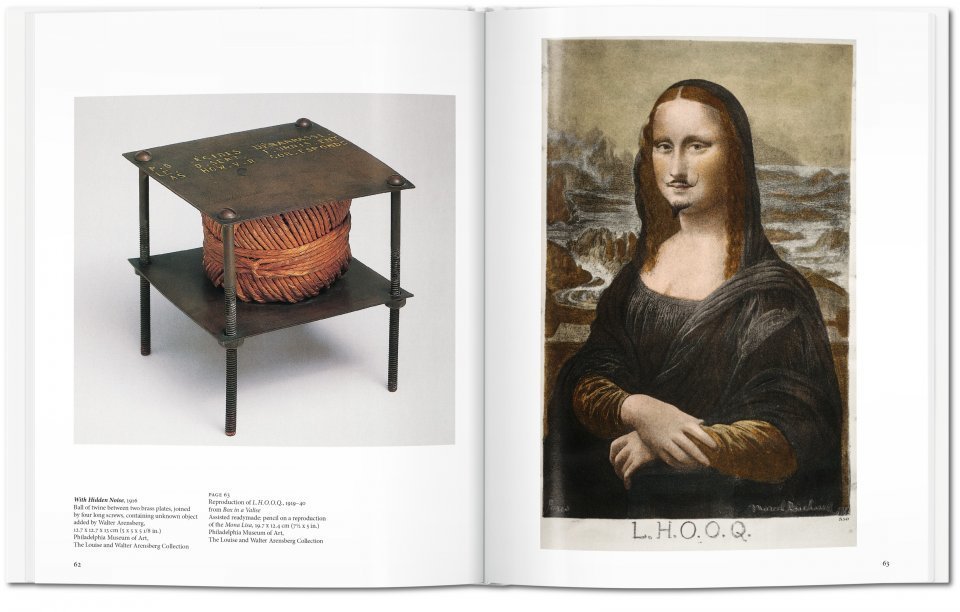
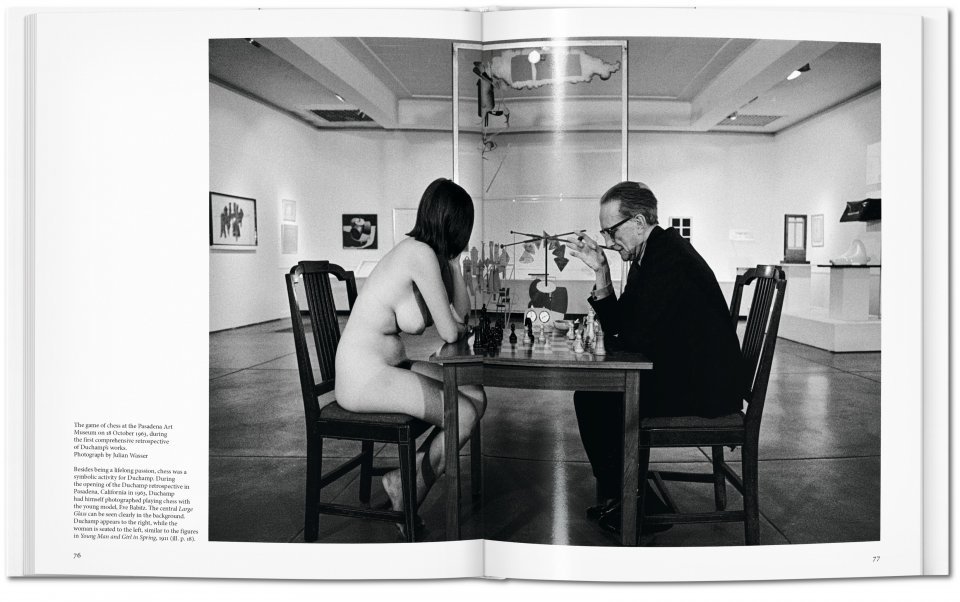
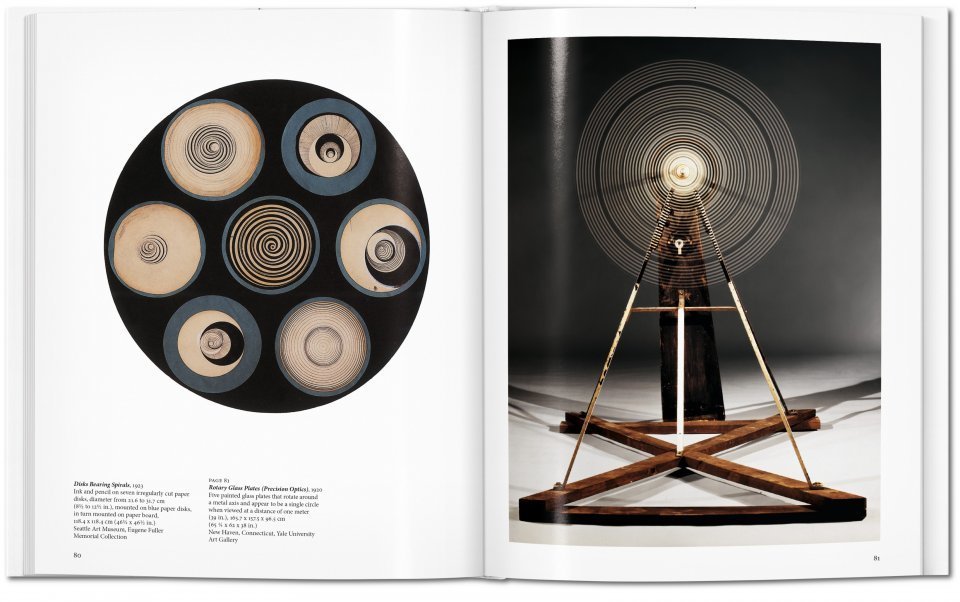
This essential introduction distills all the daring and the scandal of Duchamp’s practice into one essential overview not only of a pioneering creative but also of a critical moment in Western culture. From his groundbreaking blend of abstraction, Cubism, and Futurism in Nude Descending a Staircase (1912) to his forays into the now-iconic “readymades” such as Bicycle Wheel (1913) and Bottle Rack (1914) we explore how Duchamp consistently challenged the notion of what art is and, in so doing, opened up a world of conceptual possibilities beyond the “retinal” experience.
Basic Art 시리즈의 특징






Janis Mink는 스미스 대학에서 미술사를 공부했으며, 함부르크에서 Martin Wrnkex를 사사하고 박사 학위를 받았다. 현재 작가와 큐레이터로 활동 중이다.





